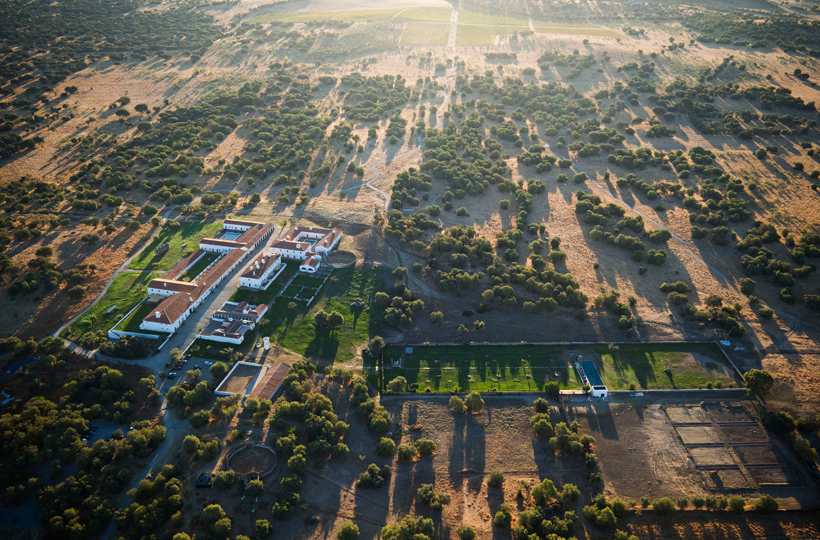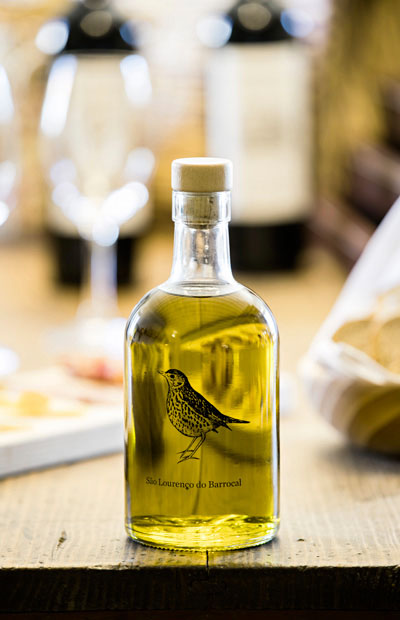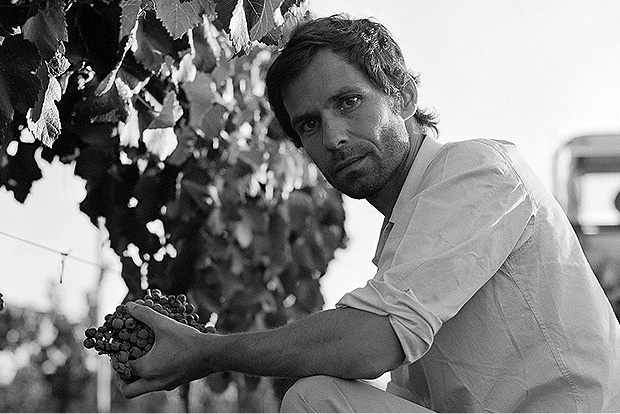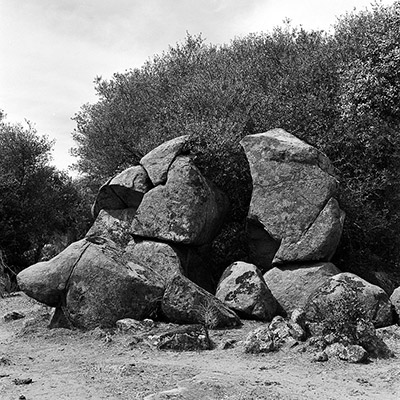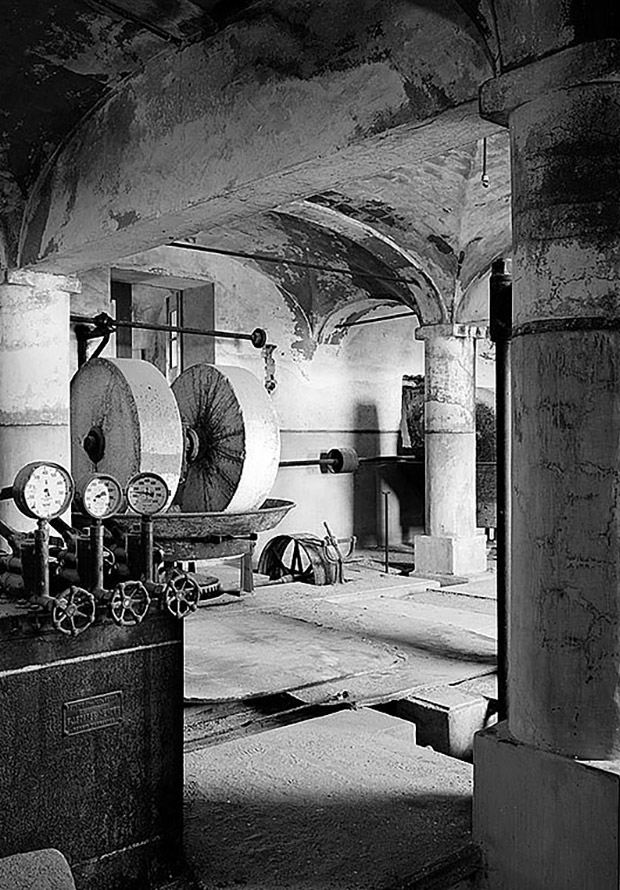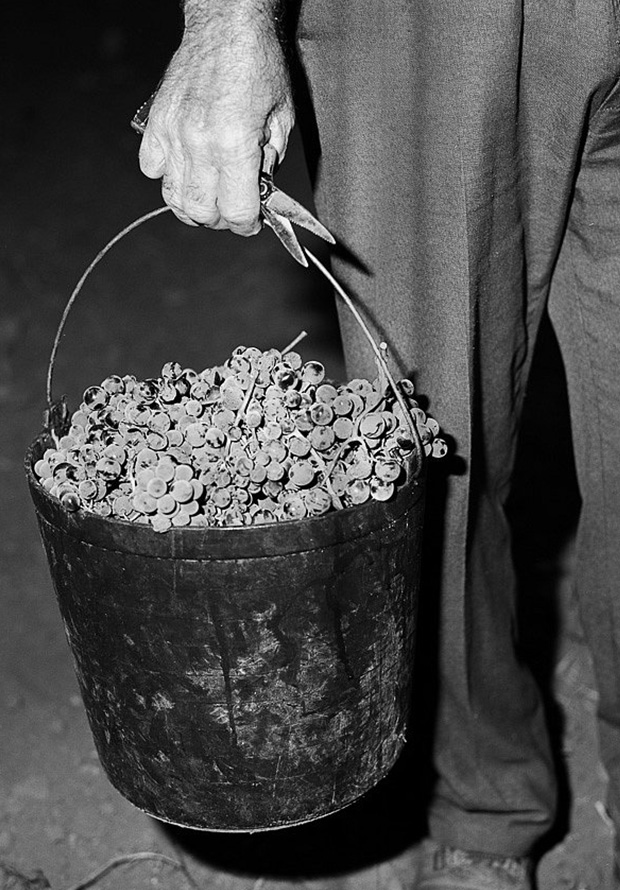São Lourenço do Barrocal, Hotel & Monte Alentejano
In the same family for over 200 years, the estate has its heart at the monte, an ancient small farming village, which has been brought carefully back to life as a remarkable hotel of understated luxury, surrounded by ancient holm oaks, olive groves and vineyards. Here, the feeling of being at home is intimately connected with the sense of belonging to the vastness of the land. In Alentejo, farm and landscape soon become your home.
